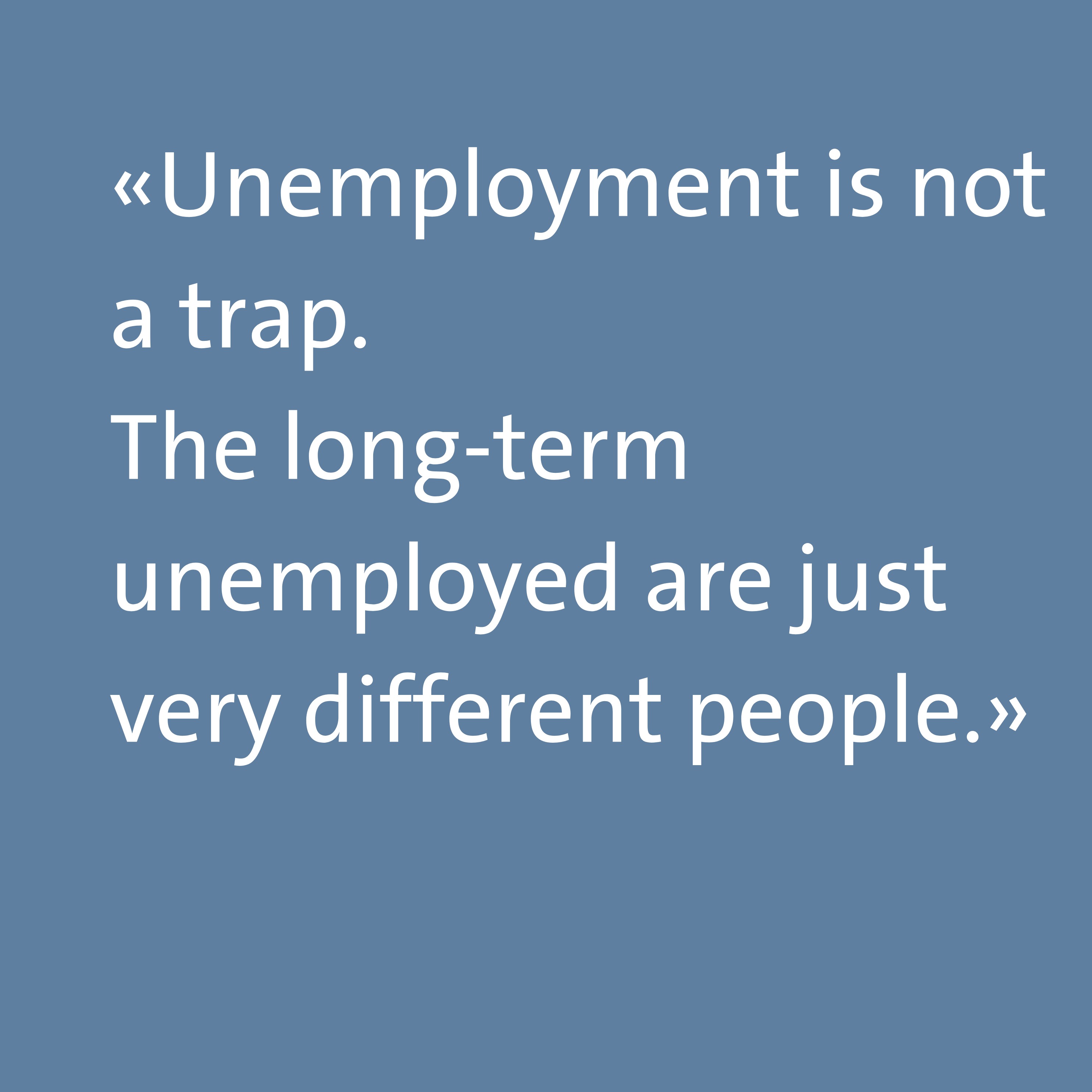Out of work, out of luck? Rethinking long-term unemployment
At his inaugural lecture, Andreas I. Mueller – who joined the Department of Economics as Professor of Macroeconomics and Labor Markets in June 2024 – presented his research agenda and a selection of current projects.

Why do some people remain unemployed for months or even years, while others quickly find new work? Can we predict who is at risk of long-term unemployment, and should we intervene earlier, smarter, and more precisely? These questions are not only of academic interest, but of central importance to societies. Understanding the root causes of long-term unemployment and designing effective labor market policies is essential – not just for economic efficiency, but for social cohesion and individual dignity.
At his inaugural lecture, Andreas I. Mueller – who joined the Department of Economics as Professor of Macroeconomics and Labor Markets in June 2024 – presented his research agenda and a selection of current projects. Drawing on large-scale data, behavioral insights, and policy evaluations from several countries, Mueller offered a clear message: long-term unemployment is not a simple trap, but a reflection of deep heterogeneity in people’s job-finding prospects. His work challenges conventional wisdom and opens new avenues for evidence-based policy.
What drives long-term unemployment?
The starting point of Mueller’s lecture was the stark reality that in many OECD countries, including Switzerland, over 50% of unemployed people are long-term unemployed – meaning they have been without a job for more than six months. This matters because the longer someone is unemployed, the harder it becomes to re-enter the labor market. But why is that the case? Is it because unemployment itself causes people to lose skills, confidence, and networks? Or is it because those who remain unemployed are, from the beginning, less likely to be hired?
This distinction matters. If long-term unemployment is mainly a trap, then we need to support people who have already been out of work for some time. If, however, it is largely the result of selection – because some individuals face systematically worse chances from the outset – then interventions should start much earlier. Mueller’s work provides evidence for the latter view.
Two views, one data problem
In standard labor market data, we typically observe only whether and when someone finds a job – but not how likely they were to succeed at any given point. This makes it hard to distinguish between the “trap” and “selection” hypotheses. Mueller uses a variety of clever empirical strategies to get around this limitation.
In one project, he asked unemployed individuals how likely they thought they were to find a job in the next three months. The responses varied widely – and importantly, they strongly predicted actual job-finding outcomes. Moreover, people’s self-assessed chances remained stable over time, suggesting that individuals’ job-finding prospects are relatively fixed rather than shaped by the duration of their unemployment.
Predicting job-finding with data
.jpg)
In a separate project based on rich Swedish administrative data, Mueller and his collaborators applied machine-learning techniques to predict job-finding probabilities using hundreds of variables – from work histories to financial assets. The result: people differ enormously in their likelihood of re-employment, and these differences are visible from the very beginning of their unemployment spell. According to Mueller’s estimates, 88% of the decline in job-finding rates over time is explained by selection, not by the duration of unemployment itself.
This insight turns the usual story on its head: long-term unemployed individuals are not necessarily victims of a spiral. Instead, they often start out with lower chances – and simply remain in the unemployment pool because they are the ones who don’t exit quickly.
Rethinking labor market policies

If we can predict who is at risk, should we act on that knowledge? Many countries already do. Statistical profiling is becoming common in public employment services: algorithms flag individuals likely to remain unemployed, who are then offered counseling, training, or intensified support. But does it work?
In an ongoing project in Belgium, Mueller evaluates how effective such interventions are – and whether they actually benefit the intended target groups. Using a natural experiment and administrative data, he finds a surprising result: those most at risk of long-term unemployment do not seem to benefit much from job search counseling. Instead, it is the better-positioned jobseekers – those who are more likely to find work anyway – who respond most positively.
This raises a provocative question: should we target interventions not only based on risk, but also on predicted responsiveness? In other words, not just ask “Who needs help most?” but also “Who will benefit most from the help we can offer?”
Mueller’s research provides important answers to pressing labor market questions, but it also reveals how much we still don’t know. Further evidence-based studies are needed to better understand how people return to work, who benefits from which kinds of support, and how we as a society can respond to unemployment in a way that is both data-driven and inclusive.
Watch the full inaugural lecture
Andreas Mueller's website.
Maura Wyler-Zerboni (Text) & Christopher Shenton (Image)